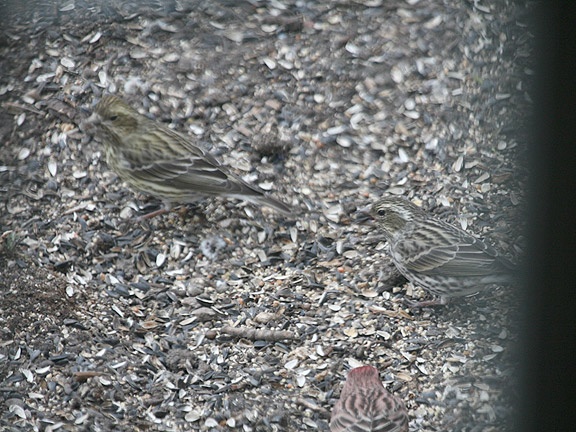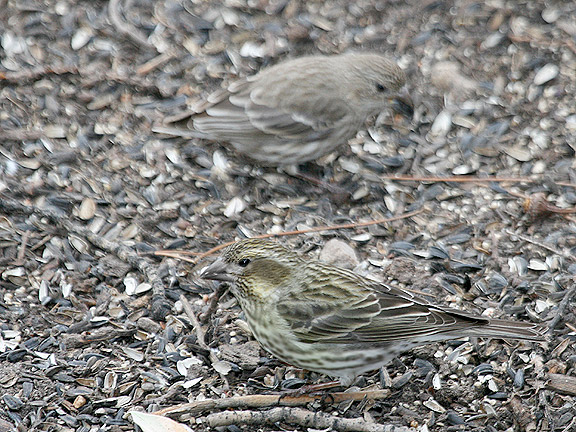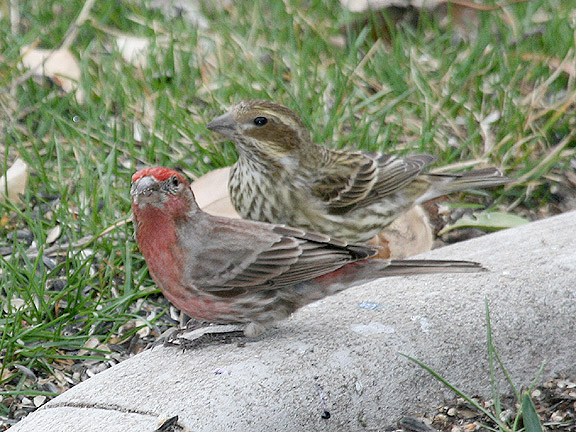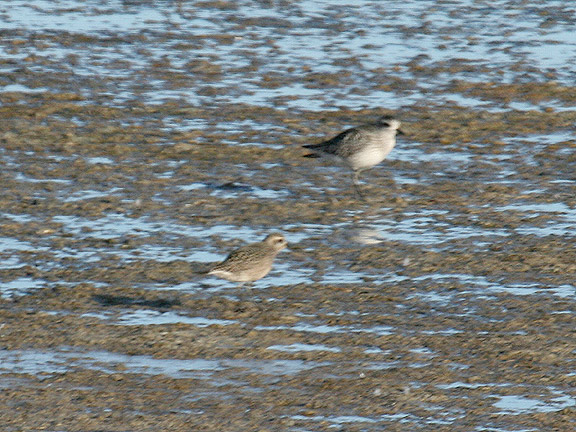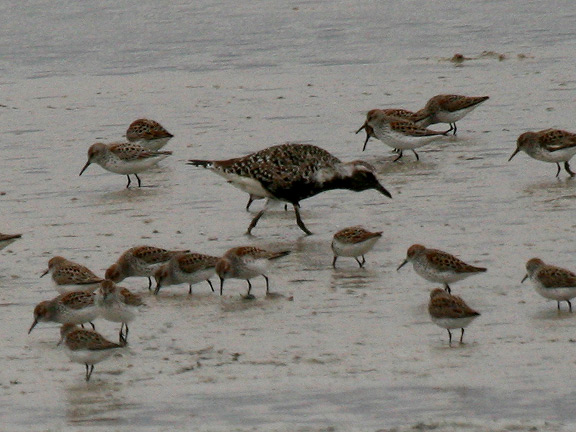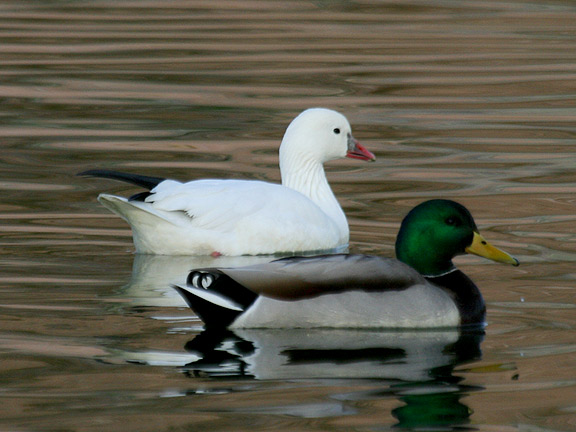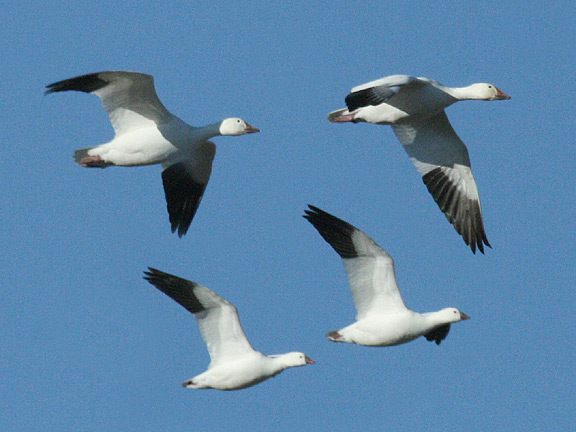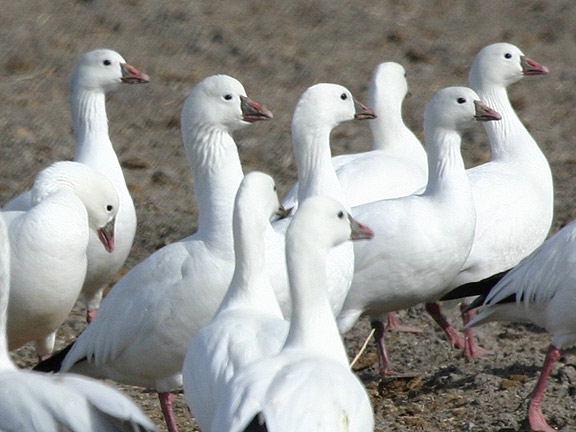

On March 5th of this year Tammy and I were driving south on Highway 24 between Lyman and Bicknell and saw a Red-tailed Hawk sitting on a pole. I pulled off the side of the road and Tammy said, “there’s another one coming in.” I turned my attention to the bird in flight and snapped several frames before it landed by the Red-tail. I remarked to Tammy that it was odd to see a Ferruginous and Red-tail on the same pole. Both birds took off, so I followed the Ferruginous (or so I thought) with the camera since it was closer, and in all, I was able to get 21 frames of it (two of which are above, "click" to enlarge).
They were just more in a long list of reasonably good photos, but nothing to hang on the wall. Of course, that’s the goal, to get one that begs to be printed and hung on the wall. A few of the images were good enough to post to my Flickr account and I thought nothing more about it, until Jerry Liguori contacted me on March 27th, and said, “When I saw this photo on your flickr site after reading your Turkey Vulture post, my jaw dropped!!!!! I bet you are aware of this, the bird is a Red-tail x Ferrug hybrid. I am interested to hear more about it if you'd like to share.” I was not aware of that. I just thought it was a variant of sorts.
Thank you Jerry for looking at my Flickr photos and thank you for pointing this out to me. Bottom line for me is, these rare experiences make this incredible hobby that much more incredible. Can’t wait for the weekend to get out again. Maybe I’ll find something else that is rare, and if I’m really lucky, maybe someone will even point it out to me.
Steve Christensen
Hybridization between two separate raptor species is rare, but does occur. Typically, hybrids are the result of two similar species (from the same family) breeding together. I am aware of one Ferruginous / Red-tail mated pair in Utah with nestlings, one documented Ferruginous x Red-tail hybrid (which appears to be this same bird, but lack information regarding it), and several falconry hybrids. What makes this bird a hybrid and not a pure Red-tailed Hawk or Ferruginous Hawk? Simply put, the mixed traits of both species.
Overall the bird shows rufous underwing coverts, rufous leggings, and a prominent yellow gape like a Ferruginous Hawk. However, the tail pattern is red with multiple black bands and a broad sub-terminal band like a Red-tailed Hawk. Some Ferruginous Hawks can have nearly all-red tails but they lack symmetrical bands (pg. 67 Hawks From Every Angle, pg. 90 Hawks at a Distance). The remiges (primaries and secondaries) are Red-tail-like showing obvious banding, a broad, dark sub-terminal, and prominent dark wing tips. The brown color to the head is more similar to Red-tailed Hawk as well, adult Ferruginous have a slightly paler brownish, or grayish head. The bird lacks the dark brownish-black patagial marks that Red-tailed Hawk shows. The wing shape seems a bit lengthy and slim for a Red-tail and more like a Ferruginous Hawk, but that is subjective, difficult to say from the photos, and possibly inaccurate.
Jerry Liguori
Labels: hybrid, identification, raptors








